Traveling with an infant is both a joyous and challenging experience. From diapers and toys to clothes and car seats, packing for a tiny traveler requires meticulous planning. But among all the essentials, one item often leaves parents puzzled and anxious: baby formula. How much can you bring? What’s the proper way to pack it? Will you face extra screenings at security checkpoints?
Welcome to “Tiny Travelers: Navigating TSA Rules for Baby Formula,” a comprehensive guide designed to simplify the complex regulations surrounding the transportation of baby formula on flights. The Transportation Security Administration (TSA) recognizes the unique needs of traveling parents, and so do we.
In this article, we will provide you with essential insights and practical tips to ensure a smooth journey with your little one, focusing on the vital subject of baby formula. Whether you’re a first-time parent flying with a newborn or a seasoned pro on the go, this guide aims to alleviate some of the stress that comes with navigating the airport’s security maze, allowing you more time to enjoy the wonders of travel with your child.
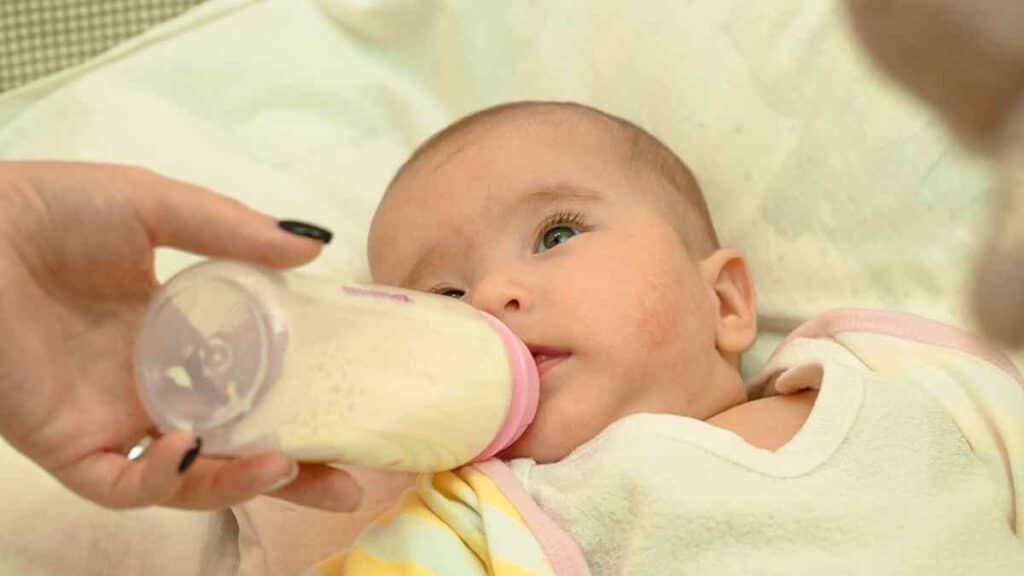
The Basics: What is Allowed
Traveling with a baby requires a precise understanding of what can and cannot be taken on board, especially when it comes to feeding essentials like baby formula, breast milk, and juice. Below, we break down the TSA traveling rules to provide clarity on the key aspects of transporting these crucial items.
Quantity Allowances for Baby Formula, Breast Milk, and Juice
Baby Formula
- Carry On Bag: Parents can bring baby formula in quantities greater than 3.4 ounces in their carry-on bags. The baby’s food must be declared to TSA officers at the security checkpoint and may undergo additional screening procedures.
- Packing Considerations: Powdered formula, liquid filled teethers, and other accessories required to cool formula (such as ice packs and frozen gel packs) must be screened separately if they are partially frozen or slushy.
- Developed Modified Screening Procedures: TSA has developed modified screening procedures to handle baby formula, ensuring a more straightforward process without compromising safety.
- Only as Much Formula as Needed: It is advisable to carry only as much formula as required for the journey. Excessive amounts might cause delays during screening.
Breast Milk and Breast Pumping Equipment
- Breast Milk Quantity: Like baby formula, breast milk can be brought in quantities greater than 3.4 ounces. Carry breast milk in a reasonable quantity and declare it to TSA officers.
- Pumping Equipment: Breast milk pumping equipment can also be brought in the carry-on luggage. These may also be subject to additional screening procedures.
- Breast Pump and Accessories: Freezer packs, gel packs, and other accessories required to keep breast milk cold must be screened separately, and TSA guidelines must be followed.
Juice and Toddler Drinks
- Juice Allowance: Similar to baby formula and breast milk, juice and other toddler drinks can be brought in quantities greater than 3.4 ounces. Declare them to TSA agents during the security screening process.
- Additional Screening: As with formula and breast milk, juice may undergo additional screening and must be separated from other items.
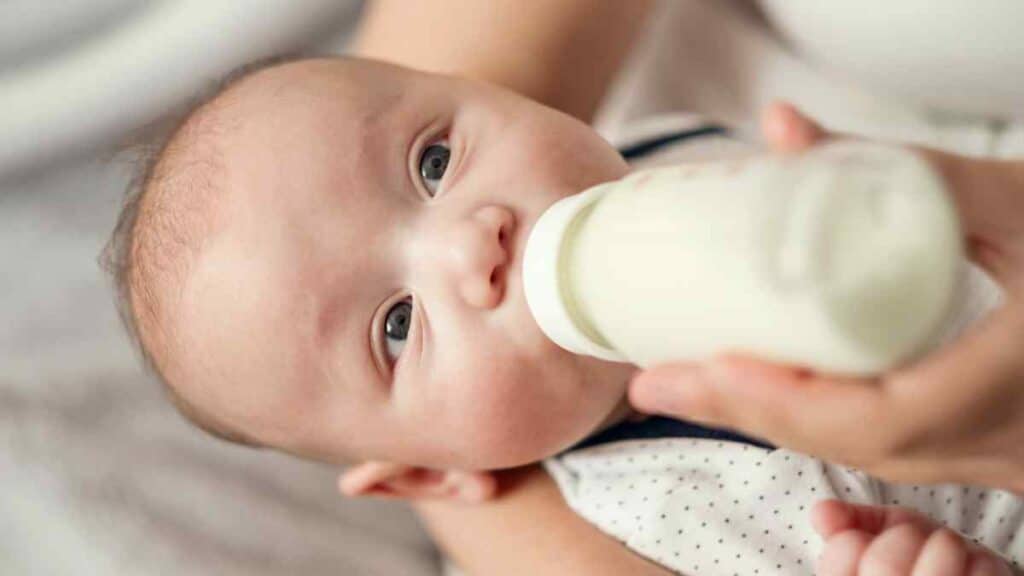
How These Liquids Differ from Regular TSA Liquid Rules
Unlike regular TSA rules that limit liquids to 3.4 ounces in a quart-sized bag, medically necessary liquids such as baby formula, breast milk, and juice can be carried in greater quantities in carry-on bags.
Water for Baby Formula
- Distilled vs. Purified Water: Parents often ponder whether to use distilled or purified water for baby formula. Both can be used, but it’s essential to understand the difference between distilled water and purified water.
- Purified Water for Babies: Purified water undergoes a filtration process, and it’s suitable for mixing with powdered formula.
- Distilled Water for Babies: Distilled water is processed to remove minerals and impurities, and many consider it the best water for baby formula.
- Fluoride-Free Water Consideration: Parents may also consider using fluoride-free water, especially for newborns.
- Can Babies Drink Distilled Water or Purified Water by Itself?: It’s common to wonder whether babies can have purified water or distilled water by itself. Generally, babies under six months should not drink water alone, but these can be used in formula preparation.
Packing and Preparing Baby Formula for Traveling with Baby
When it comes to traveling with baby, planning ahead is essential. Packing baby formula and other essentials requires knowledge and attention to detail. Here’s a guide to making sure that your carry-on bag is packed in compliance with TSA guidelines and that you are ready to feed your baby while on the move.
Tips for Separating Baby Formula from Other Liquids
When navigating the screening process at airport security, it’s crucial to separate baby formula from other liquids, as baby food items are considered medically necessary and may have different screening requirements.
- Declare Baby Items: Make sure to declare baby foods, including baby formula and breast milk, to the TSA officer at the security checkpoint.
- Pack Separately: Place the baby’s food in a separate compartment of your diaper bag or carry-on baggage, away from regular liquids like drinking beverages or bottled water.
- Undergo Additional Screening: Baby food items, including breast milk and formula, may be subject to additional screening. Be prepared for this and follow TSA regulations to ensure a smooth process.
- Consider Freezer Packs: If you are bringing ice packs or freezer packs to keep formula cold, these may also require separate screening.
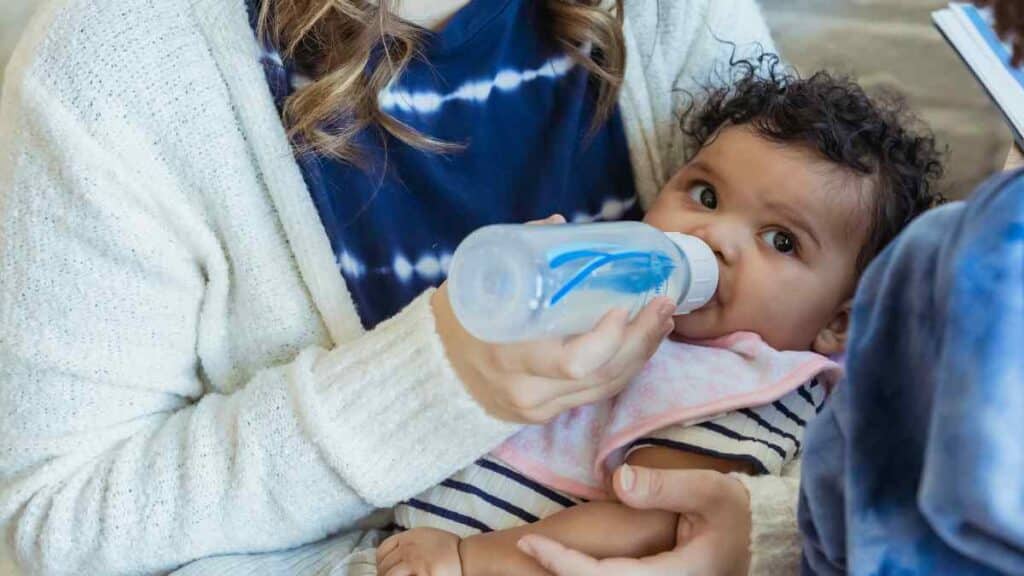
Tips for Choosing the Best Containers and Methods for Carrying Baby Formula
Selecting the right containers and accessories can make all the difference when traveling with baby formula.
- Translucent Bottles: Use translucent bottles to carry formula on a plane, as this can expedite the screening process. This way, TSA officers can easily see the presence of breast milk or formula.
- Cool Formula and Breast Milk: Utilize ice packs, freezer packs, or other formula cooling accessories to keep formula or breast milk cold. These items should be packed following TSA guidelines and may require separate screening.
- Reasonable Quantities: Only pack as much formula as needed for the trip. If you’re carrying more formula than usual, you may be subject to a pat-down or additional screening procedures, including having your medicine screened or your medical device checked.
- Avoid Concealed Prohibited Items: Ensure that there are no concealed prohibited items in the same compartment as the baby formula, as this could lead to delays.
- Know the TSA Regulations: Regularly check TSA regulations regarding baby formula, breast milk, and other baby food, as guidelines may change.
Traveling with Solid Baby Food
Navigating the complexities of airport security with a baby is challenging enough, but understanding the rules surrounding baby food—both liquid and solid—can add an extra layer of complexity. Here’s a breakdown of the differences in rules between liquid and solid baby food, along with recommendations for transporting solid foods through TSA checks.
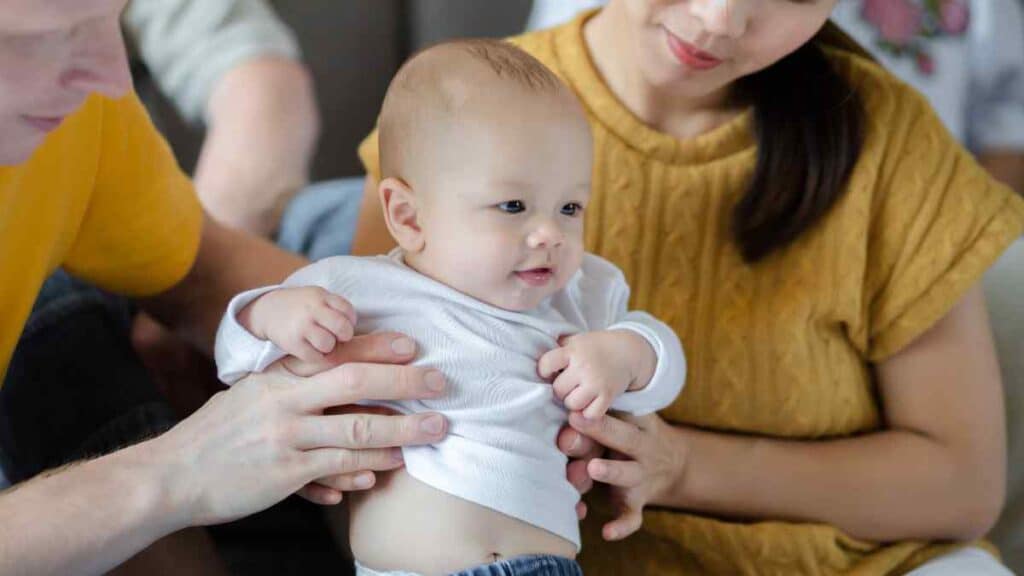
The Difference in Rules Between Liquid and Solid Baby Food
The Transportation Security Administration (TSA) treats liquid and solid baby food differently during the screening process, so it’s essential to know these distinctions:
Liquid Baby Food (Including Breast Milk and Formula)
- Carry-On Baggage: Liquid baby food items, such as breast milk and formula, can be taken in carry-on bags and must be declared to a TSA officer.
- Subject to Additional Screening: These items may undergo additional screening and should be separated from other liquids to expedite the process.
- Cooling Methods: If using ice packs or freezer packs to cool formula or breast milk, these need to comply with specific TSA regulations.
Solid Baby Food
- Carry-On or Checked Baggage: Solid baby food can be transported in both carry-on and checked bags.
- Screening Process: While generally more straightforward than liquid baby food, solid baby food may still be subject to additional screening, especially if it triggers an alarm.
- Medical Considerations: If carrying special baby food due to known adverse effects or medical conditions, make sure to inform the TSA officer, as this may affect the screening process.
Recommendations for Transporting Solid Foods Through TSA Checks
- Declare Baby Items: Always declare solid baby food items to the TSA officer at the airport security checkpoint. This ensures clarity and might help to avoid a pat-down or other additional screening.
- Use Appropriate Containers: Pack solid baby food in clear, resealable plastic bags or containers that allow easy inspection. This can help to avoid delays.
- Avoid Mixing with Gels or Liquids: If you’re also carrying gels or liquids like baby creams, separate them from solid foods, as they may have different screening requirements.
- Consider Eating Schedules: Plan your carry-ons based on your baby’s eating schedule, and make sure to have enough food for potential delays, but avoid packing excessively.
- Consult TSA Guidelines: As rules and regulations can change, always check the latest TSA guidelines specific to solid baby food before traveling.
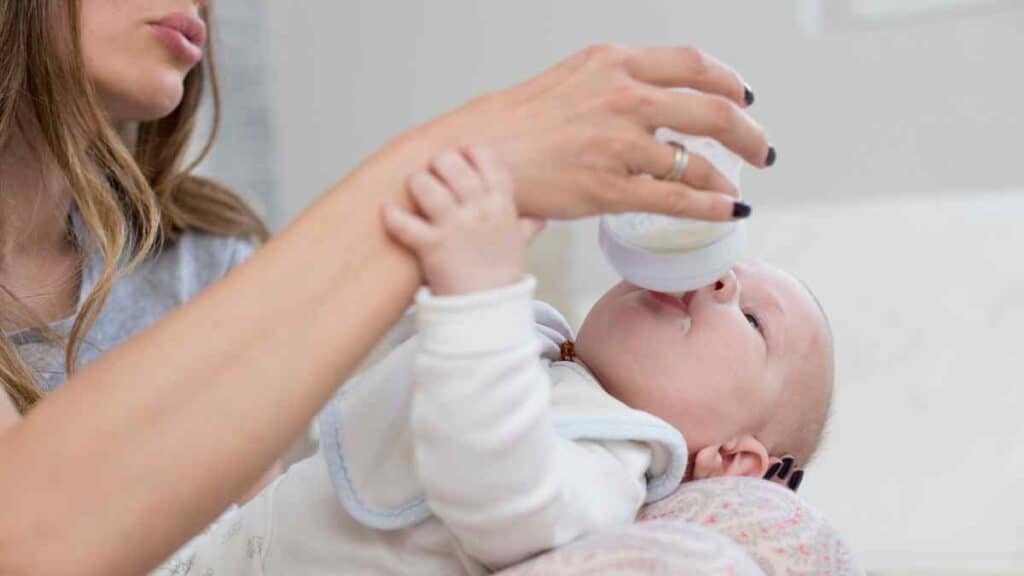
Conclusion
Traveling with a little one presents its unique challenges but understanding and complying with TSA rules for baby formula, breast milk, and baby food shouldn’t be one of them. From liquid to solid food, carrying on essentials for nourishing your baby during travel is an exercise in attention to detail and familiarity with guidelines.
Remember, each airport and country may have variations on these rules, so always consult the latest guidelines and reach out to TSA officers with any uncertainties. Planning, clear communication, and adherence to these guidelines can turn what might appear to be a logistical maze into a manageable, stress-free experience.
Armed with this knowledge, parents can focus on what truly matters: enjoying the journey and ensuring the comfort and happiness of their tiny travelers. Whether you’re embarking on a quick domestic flight or an international adventure, these insights can make the skies that much friendlier for you and your baby. Happy travels!
Did this article help you? Please let us know. If you have any questions, don’t hesitate to ask.



